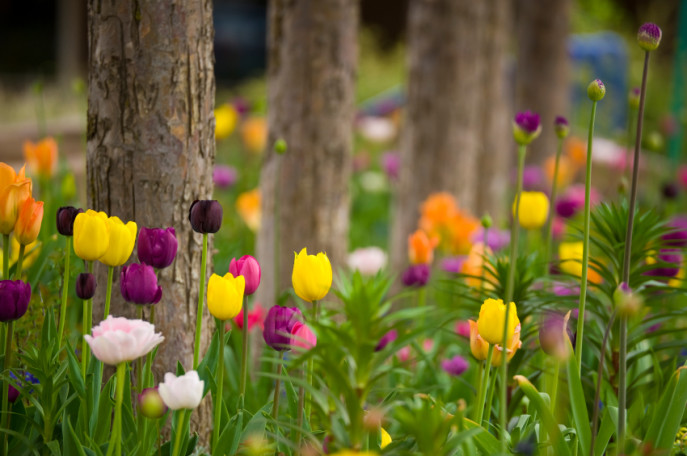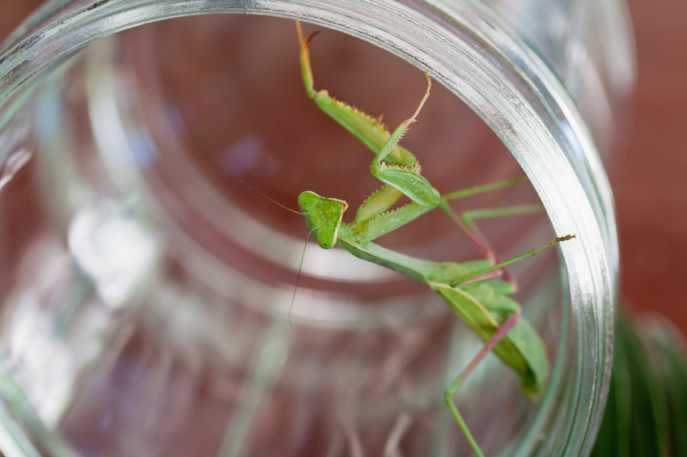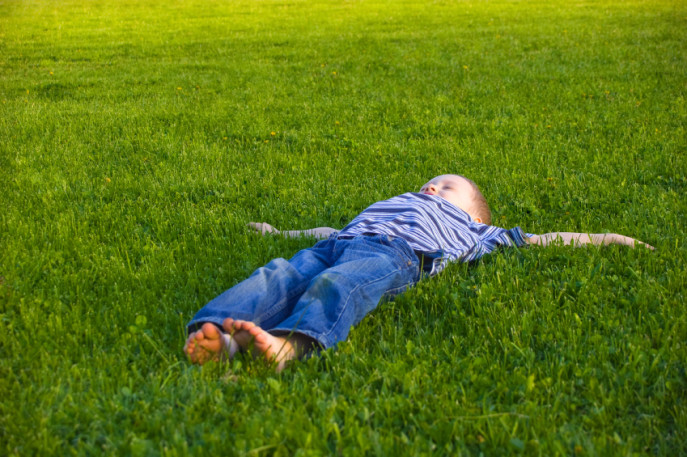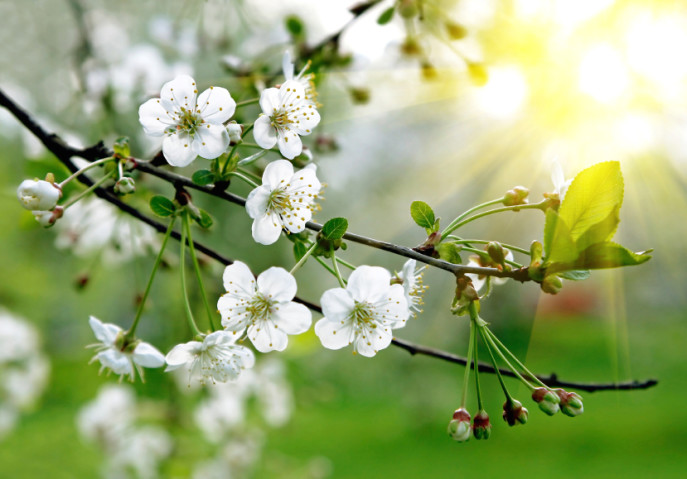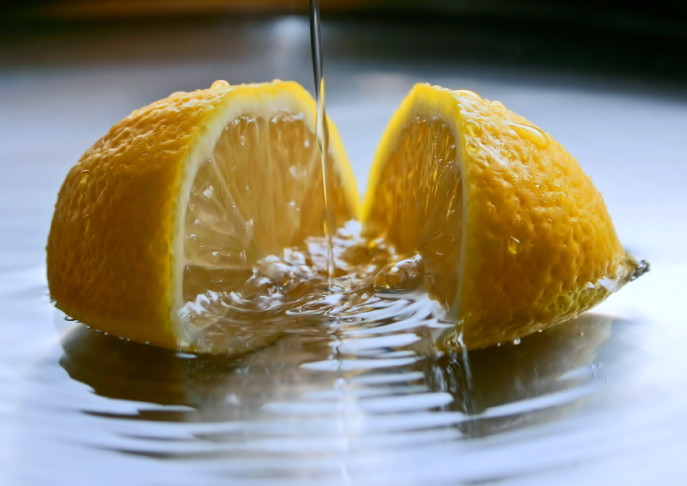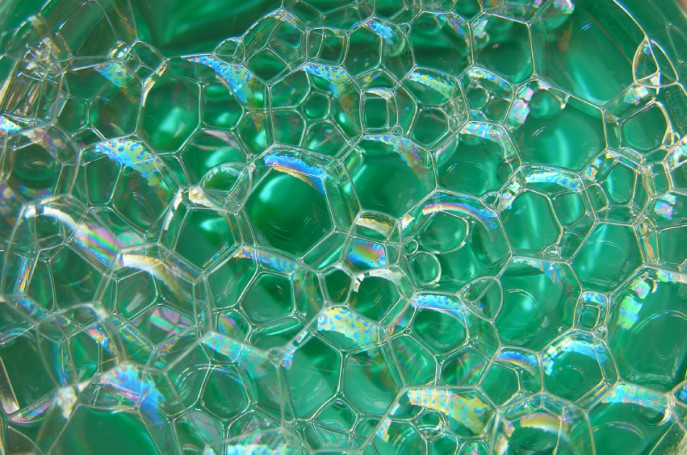There are many passionate activists working to educate people about the dangers of climate change, and doing what they can to make a difference. They are my environmental heroes, and I’d like to introduce them to you on Holistic House. As the first in a new series, I decided to begin with Oren Lyons, Faithkeeper of the Turtle Clan of the Onondaga and Seneca Nations of the Haudenosaunee (Iroquois Confederacy). He is also a member of the Council of Chiefs of the Haudenosaunee. You may have heard of him as a professor, author, publisher, outspoken advocate of both environmental and Indigenous causes, and if that weren’t enough, honorary chairman of the Iroquois Nationals Lacrosse team!
Years ago, I sat with him at my first sustainable design conference. He said that when the tribal council of elders gathers to consider a decision, they look at its impact not to the next generation, or even the next, but all the way to the seventh generation. He also told me that while we in our culture call the trees “resources,” that his people call them relatives. Those thoughts have guided me in making many decisions in the years since.
Chief Oren Lyons is a voice for the rights of indigenous peoples around the world. He describes it like this: “At first I wanted to defend the Iroquois. Then my sights broadened to embrace other Indians. Then I saw this had to include defending indigenous peoples all over the world.”
In the same way, he has a commitment to protecting the earth. His words are powerful, and I hope that by sharing them with you here, together we can help his audience to continue to grow. I believe that we are in the midst of a crisis on our planet, but it is not too late to take action, wherever we can, to help heal the earth.
Chief Lyons says:
“It seems to me that we are living in a time of prophecy, a time of definitions and decisions. We are the generation with the responsibilities and the option to choose The Path of Life for the future of our children, or the life and path which defies the Laws of Rengeneration.
“We can still alter our course. It is NOT too late. We still have options. We need the courage to change our values to the regeneration of our families, the life that surrounds us. Given this opportunity, we can raise ourselves. We must join hands with the rest of Creation and speak of Common Sense, Brotherhood, and PEACE. We must understand that The Law is the Seed and only as True Partners can we survive.”
He also says:
“Global warming is real. It is imminent. It is upon us. It’s a lot closer than you think, and I don’t think we’re ready for what’s coming. We’re not instructing our people, we’re not instructing our children, we’re not preparing for what is coming. And it surely is coming. We’ve pulled the trigger and there is nothing we can do now to stop it. The event is underway.
“The chiefs, and I personally, feel that we have not passed the point of no return. Not yet, but we’re approaching it. And the day when we do pass that point, there will be no boom, no sonic sound. It will be just like any other day.”
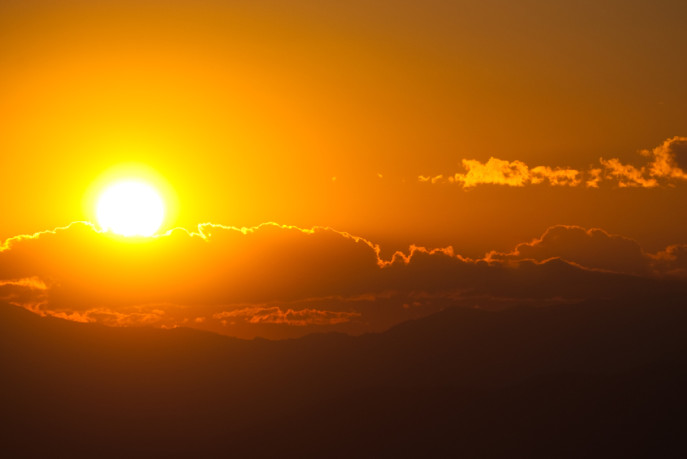
Chief Lyons was born in 1930, and raised in the Iroquois culture on the Seneca and Onondage reservations in upstate New York. He served in the United States Army, and received an athletic scholarship to Syracuse University. In this video, he describes the beginning of his commitment to environmentalism, during a conversation with his uncle after his graduation.
You can learn more about Chief Lyons by watching Bill Moyer’s PBS documentary, Faithkeeper, or by watching Leonardo DiCaprio’s documentary The 11th Hour.





